Itchy Bug: Uncovering the Science Behind Mosquito Bites and Effective Relief
Why do mosquito bites itch? Discover the science behind this annoying phenomenon and learn practical tips to effectively soothe and prevent mosquito bites.
Understanding the Science Behind Mosquito Bites
Mosquito bites are a common annoyance, but have you ever wondered why they itch so much? The answer lies in the biology of these pesky insects and the human body’s response to their saliva.
When a mosquito bites, it injects a small amount of saliva into the skin to prevent the blood from clotting. This saliva contains a cocktail of proteins and chemicals that can trigger an immune response in the human body. One of the main culprits behind the itchy sensation is a protein called apyrase, which the mosquito uses to thin the victim’s blood.
The human body’s immune system recognizes these foreign proteins in the mosquito saliva as a threat and responds by releasing histamine, a chemical that dilates blood vessels and causes the skin to become red, swollen, and itchy. This is the body’s way of trying to flush out the mosquito’s saliva and prevent further damage.
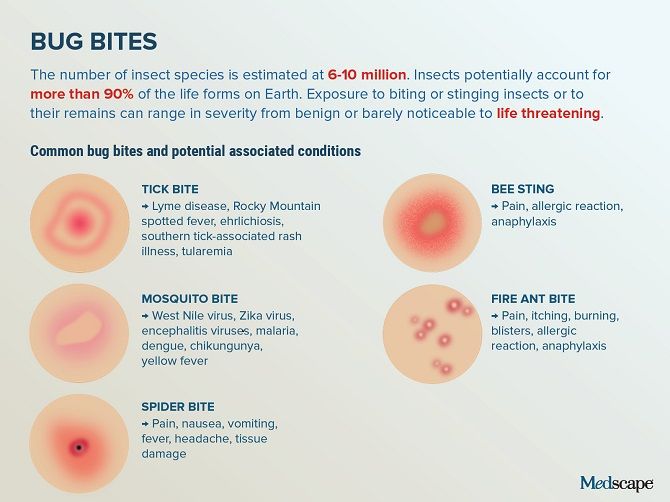
Factors That Influence Mosquito Bite Intensity
The intensity of the itchiness from a mosquito bite can vary from person to person. Several factors can contribute to this, including:
- Individual Sensitivity: Some people are simply more sensitive to mosquito saliva and may have a stronger immune response, leading to more severe itching.
- Blood Type: Research suggests that individuals with blood type O may be more attractive to mosquitoes, potentially resulting in more bites and more intense itching.
- Pregnancy and Hormones: Pregnant women and individuals with certain hormonal imbalances may produce more carbon dioxide and other attractants, making them more appealing to mosquitoes.
- Alcohol Consumption: Drinking alcohol can increase blood flow and body temperature, both of which can make you more attractive to mosquitoes.
Effective Strategies to Soothe Mosquito Bite Itchiness
If you’ve been bitten by a mosquito and are suffering from the itchy aftermath, there are several effective strategies you can employ to find relief:
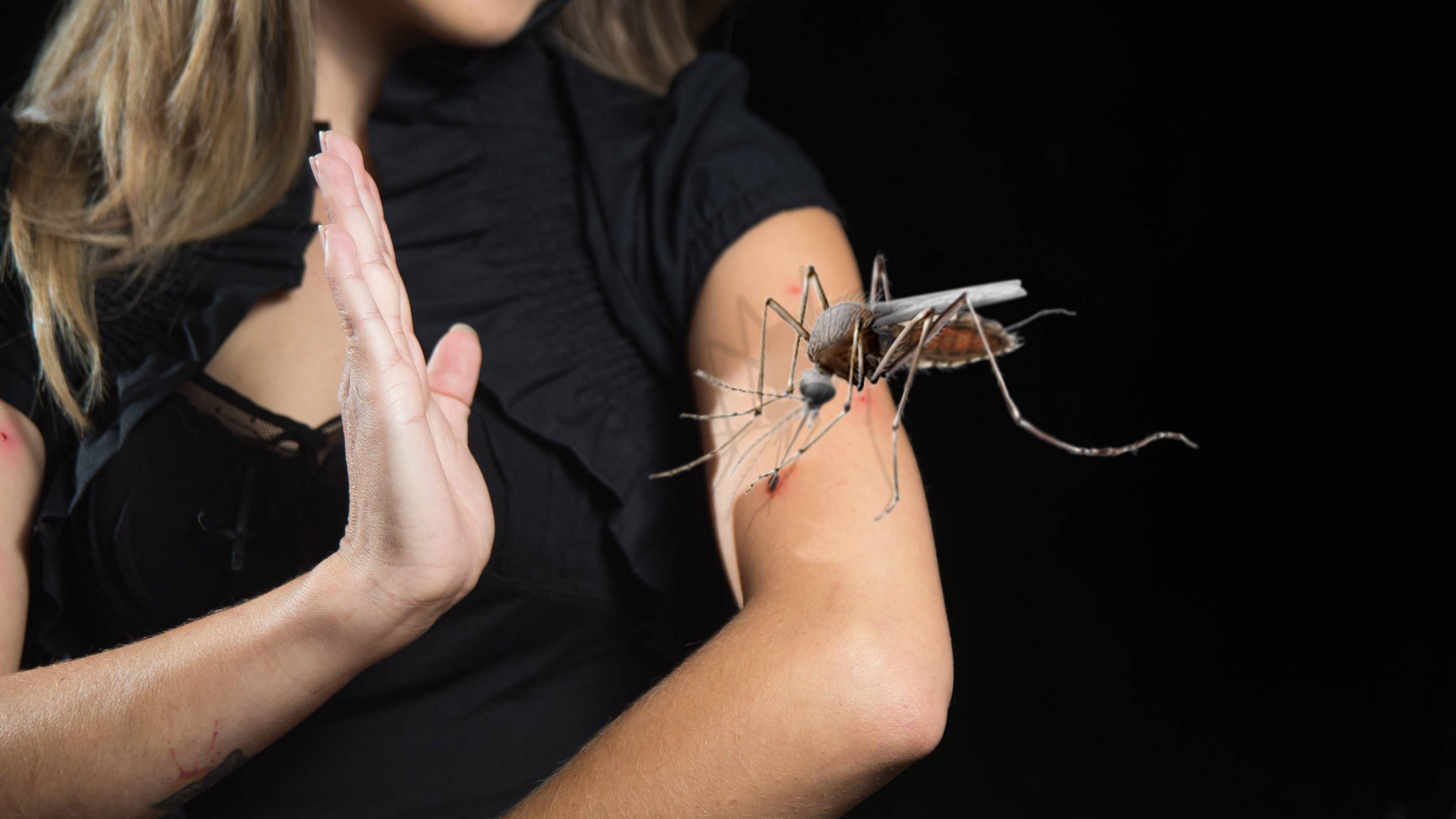
Topical Treatments
Applying a cold compress or ice pack to the affected area can help reduce swelling and itchiness. Over-the-counter hydrocortisone creams or calamine lotion can also provide temporary relief by reducing inflammation and decreasing the body’s histamine response.
Oral Antihistamines
Taking an oral antihistamine, such as cetirizine or loratadine, can help block the release of histamine and alleviate the itching sensation. These medications can be particularly effective for individuals with a more severe reaction to mosquito bites.
Natural Remedies
Some natural remedies, such as aloe vera gel, baking soda paste, or a mixture of oatmeal and water, can also provide soothing relief for mosquito bite itchiness. These natural options can be gentle on the skin and may help reduce inflammation.
Preventing Mosquito Bites in the First Place
While soothing the itchiness is important, it’s also crucial to take steps to prevent mosquito bites in the first place. Here are some effective strategies:
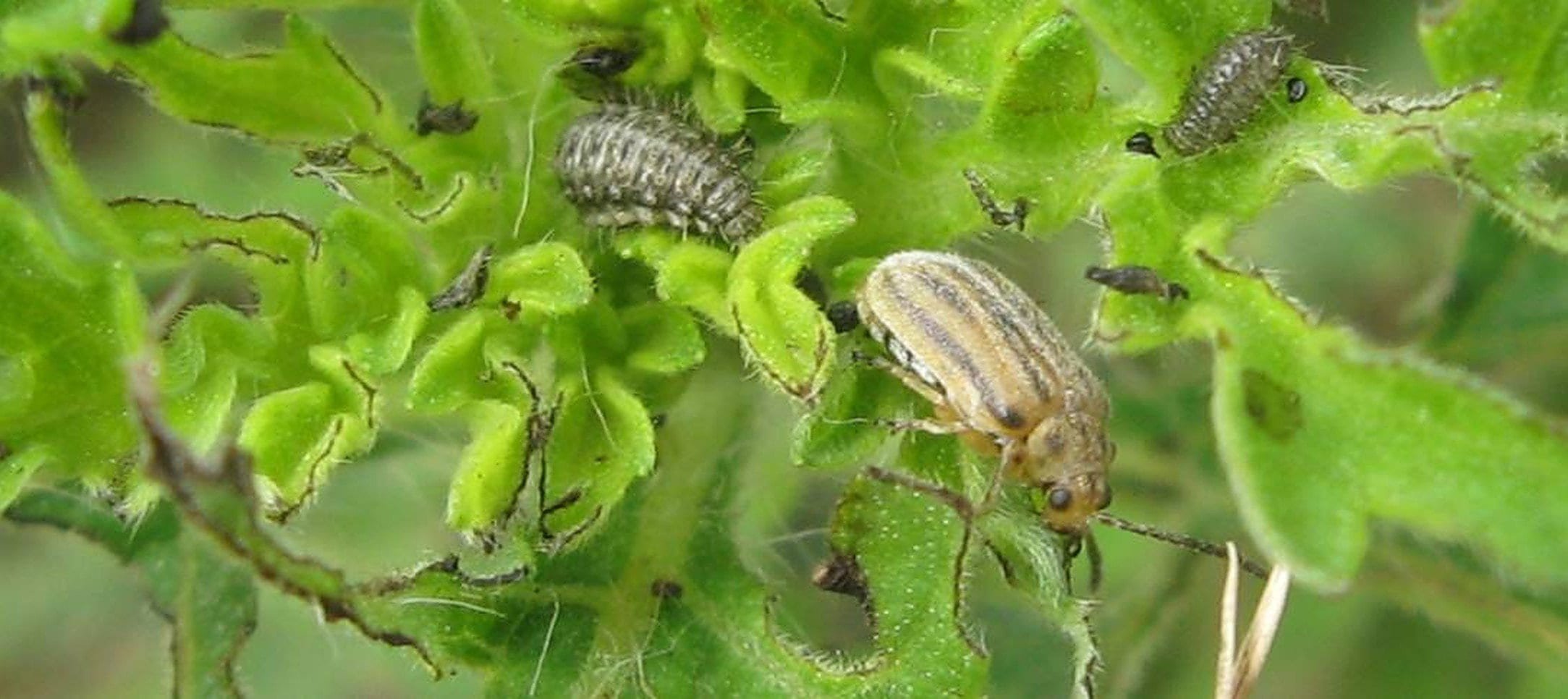
Use Insect Repellent
Applying an insect repellent containing active ingredients like DEET, picaridin, or oil of lemon eucalyptus can create a barrier that deters mosquitoes from biting.
Wear Protective Clothing
Covering up with long-sleeved shirts, pants, and socks can make it more difficult for mosquitoes to access your skin and bite.
Eliminate Breeding Grounds
Removing standing water, such as in gutters, birdbaths, or old tires, can help reduce the number of mosquitoes in your immediate environment, as they use these areas to lay their eggs.
Identifying and Treating Severe Reactions
While most mosquito bites are simply an annoyance, some people may experience a more severe reaction known as “skeeter syndrome.” This condition is characterized by a larger, longer-lasting reaction that can include significant swelling, redness, and even blisters.
If you suspect you or someone you know is experiencing a severe allergic reaction to a mosquito bite, it’s important to seek medical attention immediately. Anaphylaxis, a life-threatening condition, can occur in rare cases and requires prompt treatment with epinephrine.
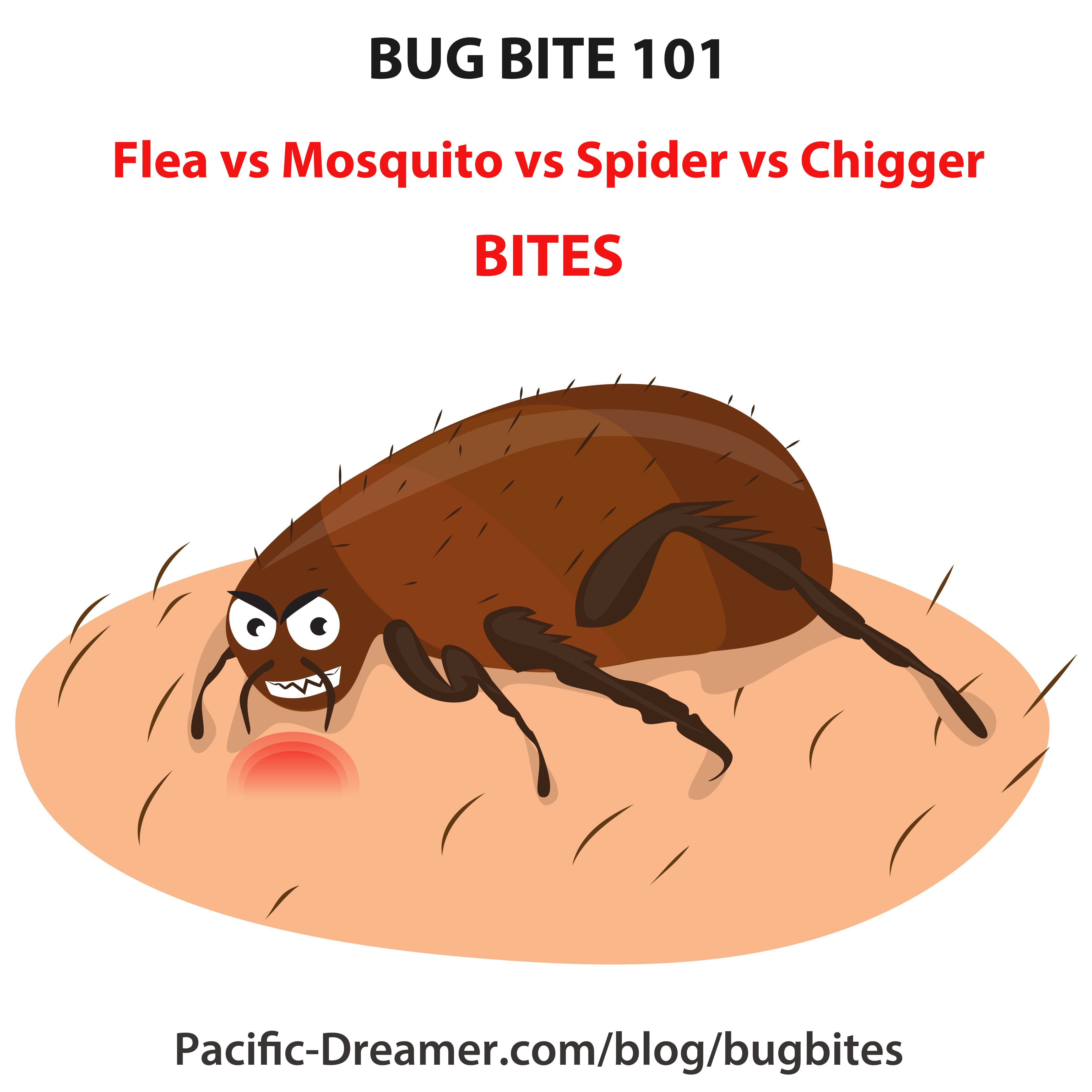
Conclusion
Mosquito bites may be a common occurrence, but understanding the science behind their itchiness and having effective strategies to prevent and soothe them can make a significant difference in your summer enjoyment. By taking proactive measures and being prepared with the right treatments, you can minimize the discomfort and enjoy your time outdoors without the constant annoyance of mosquito bites.
Why Mosquito Bites Itch and How to Get Relief
Tips for How to Avoid Getting Mosquito Bites in the First Place
To minimize your bite risk, try to stay indoors at dawn and dusk — times when humidity often peaks. “The higher the humidity, the better for mosquitoes, so dawn and dusk are times when they tend to be active,” Day says.
He explains that mosquitoes are fragile insects, and their bodies dry out quickly if they’re exposed to arid conditions or extended stretches of bright sunlight (which is another reason they prefer hunting at dawn and dusk, as opposed to midday). They’re also weak fliers, he says, so any kind of breeze or fan-generated wind tends to keep them at bay. If you can find a place that’s exposed to wind, or you have a strong fan handy, both can prevent mosquitoes from biting you.
Long pants and shirtsleeves — especially tightly woven synthetic fabrics such as the types used in so-called athleisure garments — tend to keep mosquitoes off your skin. Repellents also work well, Day says. The CDC suggests looking for products that contain DEET, picaridin, IR3535, and oil of lemon eucalyptus, or p-menthane-3,8-diol (PMD). (6) Apply these products to your ankles, wrists, forehead, elbows, and all the other knobby, bony places where the blood is up near the surface of the skin. Mosquitoes love to feast at these sites.
Repellents also work well, Day says. The CDC suggests looking for products that contain DEET, picaridin, IR3535, and oil of lemon eucalyptus, or p-menthane-3,8-diol (PMD). (6) Apply these products to your ankles, wrists, forehead, elbows, and all the other knobby, bony places where the blood is up near the surface of the skin. Mosquitoes love to feast at these sites.
Also good to keep in mind: Mosquitoes are attracted to both the carbon dioxide humans exhale and the natural odors our bodies produce — stuff like sweat and foot odor. If you’ve been exercising, you’re likely to be both sweaty and producing higher amounts of carbon dioxide. Better to cool off and shower up indoors before heading outside. (7)
Follow all these precautions, and you can largely dodge mosquito bites all summer long.
Is It Skeeter Syndrome?
Skeeter syndrome is relatively rare, but having it means you’re having an allergic reaction to a mosquito bite. You’ll notice a bigger, longer-lasting. ..
..
By Lisa Rapaport
Are You a Mosquito Magnet? A Coconut-Scented Soap Might Help
Coconut might help keep mosquitoes away, according to a new study, joining other natural insect repellents like peppermint, citronella, lemongrass, and…
By Lisa Rapaport
Bug Bites and Stings: Everything You Need to Know
Reactions to bug bites and stings range from being very mild to wildly irritating to life-threatening. Here’s how to identify the signs and symptoms of…
By Markham Heid
Did a Bee Sting Me? Treatment Options, Allergic Reactions, Home Remedies, and More
Do bumblebees sting? Certain types of bees can, and it’s possible to have a negative reaction. Get details on the signs you’ve been stung by a bee, bee…
By Valencia Higuera
Everything You Need to Know About Ant Bites
Fire ants and red harvester ants don’t actually bite, they sting.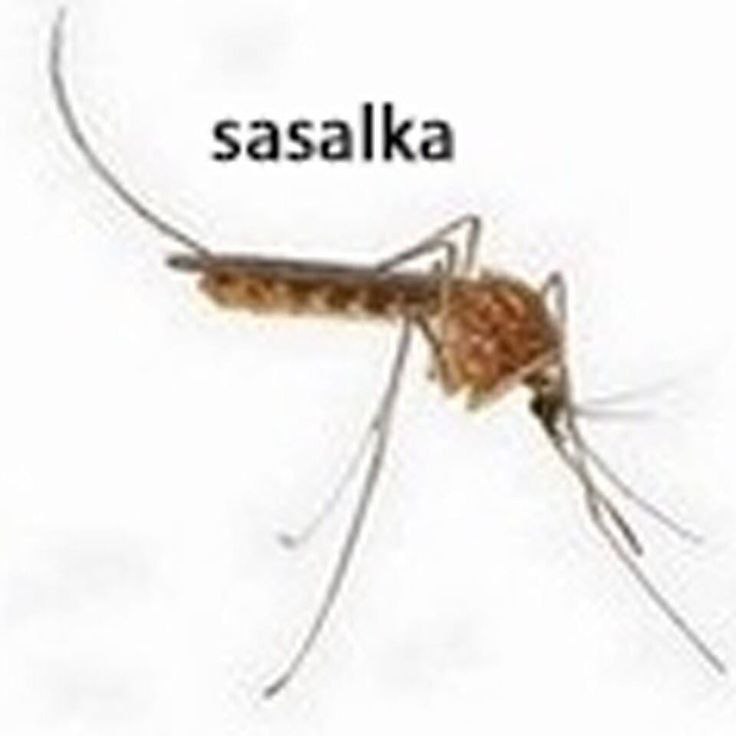 And their stings can be unpleasant. Here’s what you need to know about how to spot ant…
And their stings can be unpleasant. Here’s what you need to know about how to spot ant…
By Markham Heid
Identifying and Treating Spider Bites
Here’s everything you need to know about what a spider bite looks like and what to do about them. Experts say spider bites are actually quite rare, but…
By Markham Heid
Everything You Need to Know About Mite and Flea Bites
Fleas and mites do bite. Here’s everything you need to know about how to spot the pests, how to keep them out of your home and personal space, and what…
By Markham Heid
Bitten by a Tick? How to Know
Here’s how you know you’ve been bitten by a tick, how to safely remove the tick, and when to see a doctor. Precautions must be taken if you suspect a …
By Markham Heid
Pictures, Causes, Symptoms, and Treatment
The initial contact of a bite may be painful. It’s often followed by an allergic reaction to venom deposited into your skin through the animal’s mouth or stinger. The appearance can vary.
It’s often followed by an allergic reaction to venom deposited into your skin through the animal’s mouth or stinger. The appearance can vary.
Whether you’re in the water, on a mountain trail, or in your backyard, wildlife you encounter have ways of protecting themselves and their territory.
Insects, such as bees, ants, fleas, flies, mosquitoes, and wasps, and arachnids, such as spiders, ticks, and scorpions, may bite or sting if you get close. Most of these animals won’t bother you if you don’t bother them, but knowing what to look for is key.
Most bites and stings trigger nothing more than minor discomfort, but some encounters can be deadly, especially if you have severe allergies to the animal’s venom.
A severe allergic reaction can happen with any bug bite or sting, depending on the person. Venom allergies may cause a dangerous, severe allergic reaction in some people, resulting in swelling, generalized itching, and difficulty breathing.
Signs of an emergency
Anaphylaxis can be a life threatening emergency. If someone experiences signs of a severe allergic reaction, call 911 or your local emergency services. Anaphylaxis can cause symptoms, including rash, low pulse, and anaphylactic shock. This can be fatal if it isn’t treated immediately.
If someone experiences signs of a severe allergic reaction, call 911 or your local emergency services. Anaphylaxis can cause symptoms, including rash, low pulse, and anaphylactic shock. This can be fatal if it isn’t treated immediately.
Was this helpful?
Prevention is the best medicine, so knowing how to recognize and avoid biting and stinging insects or arachnids is the best way to stay safe.
The animals you should recognize and understand depend very much on where you live or where you’re visiting. Different regions of the United States are home to many of these creatures.
The season also matters. For example, mosquitoes, stinging bees, and wasps tend to come out in full force during the summer.
The form a bite takes depends on what type of animal bit you. Take a look at the photos below to help identify which animal may have caused your bug bite.
Warning: Graphic images ahead.
Mosquito bites
- A mosquito bite is a small, round, puffy bump that appears soon after you’ve been bitten.

- The bump will become red, hard, swollen, and itchy.
- You may have multiple bites in the same area.
Read full article on mosquito bites.
Fire ant stings
- Fire ants are small, aggressive, red or black venomous ants that bite and then deliver painful stings.
- Stings appear as swollen red spots that develop a blister on top.
- Stings burn, itch, and last up to a week.
Read full article on fire ant stings.
Flea bites
- Flea bites are usually located in clusters on the lower legs and feet.
- The itchy, red bumps are surrounded by a red halo.
- Symptoms begin immediately after you’re bitten.
Read full article on flea bites.
Bedbug bites
- The itchy rash is caused by an allergic reaction to the bedbug bite.
- The small rashes have red, swollen areas and dark red centers.
- Bites may appear in a line or grouped together, usually on areas of the body not covered by clothing, such as the hands, neck, or feet.

- There may be very itchy blisters or hives at the bite site.
Read full article on bedbug bites.
Fly bites
- Painful, itchy rashes are caused by an inflammatory reaction at the site of the fly bite.
- Though usually harmless, they may lead to severe allergic reactions or spread insect-borne diseases.
- Take precautions when traveling to endemic countries by wearing long-sleeve shirts and pants and by using bug spray.
Read full article on fly bites.
Lice bites
- Head lice, pubic lice (“crabs”), and body lice are different species of parasitic lice that affect humans.
- They feed on blood and cause an itchy immune reaction at the site of their bites.
- Adult lice are gray/tan six-legged insects about the size of a tiny sesame seed.
- Nits (eggs) and nymphs (baby lice) can only be seen as very tiny specks that may look like dandruff.
Read full article on lice.
Chigger bites
- Painful, itchy rashes may be caused by an immune response to the bites of tiny mite larvae.

- Bites appear as welts, blisters, pimples, or hives.
- Bites will generally appear in groups and are extremely itchy.
- Chigger bites may be grouped in skin folds or near areas where clothing fits tightly.
- Chiggers tend to jump from grass, so bites are usually on legs near the tops of socks.
Read full article on chigger bites.
Tick bites
- Bites can cause pain or swelling at the bite area.
- They may also lead to a rash, a burning sensation, blisters, or difficulty breathing.
- The tick often remains attached to the skin for a long time.
- Bites rarely appear in groups.
- Ticks can transfer diseases, including Lyme disease, babesiosis, and anaplasmosis.
Read full article on tick bites.
Scabies
- Symptoms caused by scabies mites may take 4 to 6 weeks to appear.
- The extremely itchy rash may be pimply, made up of tiny blisters, or scaly.
- They may cause raised, white, or flesh-toned lines.

Read full article on scabies.
Spider bites
Share on PinterestEzytyper and added inset by B Kimmel/GFDL or CC-BY-SA-3.0 from Wikimedia Commons
This condition is considered a medical emergency, and 911 or local emergency services should be contacted. Urgent care may be required.
- Most spiders don’t pose a threat to humans, and in such cases, their bites are harmless or mildly irritating like a bee sting.
- Dangerous spiders include the brown recluse, black widow, funnel web spider (Australia), and wandering spider (South America).
- A single raised papule, pustule, or wheal may appear at the site of the bite followed by redness and tenderness.
- The bite will appear as two small puncture marks.
- Severe allergic reactions to a spider bite may require medical attention.
Read full article on spider bites.
Brown recluse spider bite
- This is a shy, brown- or tan-colored spider with a violin-shaped patch and six paired eyes, two in the front and two sets of two on either side of the head.

- It likes to hide in quiet, dark places like closets and bookshelves and is native to the South and South Central regions of the United States.
- Nonaggressive, it will only bite humans if it’s being crushed between skin and a hard surface.
- Redness appears with a central, white blister at the site of the bite.
- Moderate to severe pain and itching at the site of the bite occurs 2 to 8 hours after the spider has injected its venom.
- Rare complications include fever, body aches, nausea, vomiting, hemolytic anemia, rhabdomyolysis, and kidney failure.
Read full article on brown recluse spider bites.
Black widow spider bite
Share on Pinterest© The Author(s) 2020. Published by Oxford University Press on behalf of the European Society of Cardiology/NCBI
This condition is considered a medical emergency, and 911 or local emergency services should be contacted. Urgent care may be required.
- This spider is plump, black, and shiny, with an hourglass-shaped red mark on its abdomen.

- It’s nonaggressive and will only bite if it’s being crushed.
- Bites cause muscle pain and spasms in the arms, legs, abdomen, and back.
- Tremor, sweating, weakness, chills, nausea, vomiting, and headache are other symptoms.
- The bite area is red with a white center.
Read full article on black widow spider bites.
Hobo spider bite
- The venom of this common household spider isn’t considered toxic to humans.
- Bites are generally harmless and cause only minor pain, swelling, and sometimes muscle twitches.
- A single red area appears with a tender central nodule.
- Itching, burning, or stinging may occur at the site of the bite.
Read full article on hobo spider bites.
Wolf spider bite
- This large (up to 2 inches long), fuzzy, gray/brown spider is native to many parts of the United States.
- Nonaggressive, it will bite if it feels threatened.
- A tender, itchy red bump appears that heals in 7 to 10 days.

Read full article on wolf spider bites.
Horsefly bites
- These large (1-inch long) blood-sucking flies are most active in the daylight hours.
- An instant, sharp burning sensation occurs when a horsefly bites.
- Itchiness, redness, swelling, and bruising may also occur at the bite location.
Read full article on horsefly bites.
Bee stings
- Pain, redness, swelling, or itching occurs at the site of the sting.
- A white spot appears where the stinger punctured the skin.
- Unlike bumblebees and carpenter bees, honeybees can only sting once due to their barbed stinger that can remain in the skin.
Read full article on bee sting allergy.
Yellow jacket stings
- These thin wasps have black and yellow stripes and long dark wings.
- Aggressive, a yellow jacket may sting multiple times.
- Swelling, tenderness, itchiness, or redness may occur near the area that’s been stung.

Read full article on yellow jacket stings.
Wasp stings
- Sharp pain, redness, swelling, and itching or burning occurs at the sting site.
- A raised welt appears around the sting site.
- Wasps can be aggressive and are capable of stinging multiple times.
Read full article on wasp stings.
Scorpion stings
- Scorpions are eight-legged arachnids with large pincers and long, segmented, stinger-tipped tails carried in a forward curve over their backs.
- Many species with variable levels of toxicity can be found all over the world.
- Intense pain, tingling, numbness, and swelling occur around the sting.
- Rare symptoms include breathing difficulties, muscle twitching, drooling, sweating, nausea, vomiting, an increased heart rate, restlessness, and excitability.
- Severe symptoms are more likely in infants and children than adults.
Read full article on scorpion stings.
Puss caterpillar stings
- Puss caterpillars may also be known as asp caterpillars, fire caterpillars, woolly slugs, or opossum bugs, and are the larvae of the flannel moth.

- They have venomous barbs on their bodies.
- They typically reside in the Southeast United States but have been found as far west as Florida and Texas.
- A string can cause skin irritation and itchiness, severe pain, and headache.
Kissing bug bites
Share on PinterestHorizons WWP / Alamy Stock Photo & Curtis-Robles et al., CC BY 4.0, via Wikimedia Commons
- Triatomine bugs, also called kissing bugs, tend to bite people on the face or near the mouth.
- These bugs tend to reside in Mexico, Central America, South America, and parts of the United States.
- They carry a parasite called Trypanosoma cruzi and can T. cruzi infection and Chagas disease.
- While there are different varieties of kissing bugs, they typically have a cone-shaped head and a long, oval-shaped body with antennae and six legs. They can be light brown to black in color and may have yellow, red, or tan markings.
- Bite reactions may include mild itching, redness, and swelling.
 With a T. cruzi infection, a small hard area may form at the bite site.
With a T. cruzi infection, a small hard area may form at the bite site.
Read full article on kissing bug bites.
Deer fly bites
Share on PinterestBruce Marlin, CC BY-SA 3.0 , via Wikimedia Commons & juhat/Istock
- Deer flies have small, round heads, brownish-black bands on their wings, and gold or green eyes.
- Their bites can be painful and cause bumps or welts.
- Their bites can sometimes cause a rare bacterial disease known as rabbit fever (tularemia) that may cause skin ulcers, fever, and headache.
Read full article on fly bites.
Here are some bugs that can be more dangerous than others.
Biting insects, arachnids, and other bugs
Many bugs bite, but only a few do so intentionally. Most bites are relatively harmless, leaving just an itchy patch of skin behind. But some bites can carry disease. Deer ticks, for example, typically carry Lyme disease.
Intentional biters include:
- ticks
- chigger mites
- scabies mites
- bedbugs
- fleas
- head lice
- pubic lice
- horseflies
- black flies
- mosquitoes
- pus caterpillars
- kissing bugs
- deer flies
Many larger insects and other bugs won’t seek you out but will bite if handled.
Spiders
Some spiders have venomous fangs. Venomous spiders found in the United States include:
- brown recluse spiders
- black widow spiders
- mouse spiders
- black house spiders
Stinging insects
Insects will sting humans only to defend against a perceived threat. Typically, a sting from a bee or stinging ant will be accompanied by a small amount of venom.
When injected into your skin, the venom causes most of the itching and pain associated with the sting. It can also cause an allergic reaction.
Common stinging insects in the United States include:
- bees
- paper wasps (hornets)
- yellow jackets
- wasps
- fire ants
Scorpions
Scorpions have a reputation for stinging. Many species have barbed tails equipped with venom, some strong enough to kill a human.
The most venomous species of scorpion native to the United States is the Arizona bark scorpion.
The venom injected into your body from the bite or sting of an insect or arachnid will cause your immune system to respond.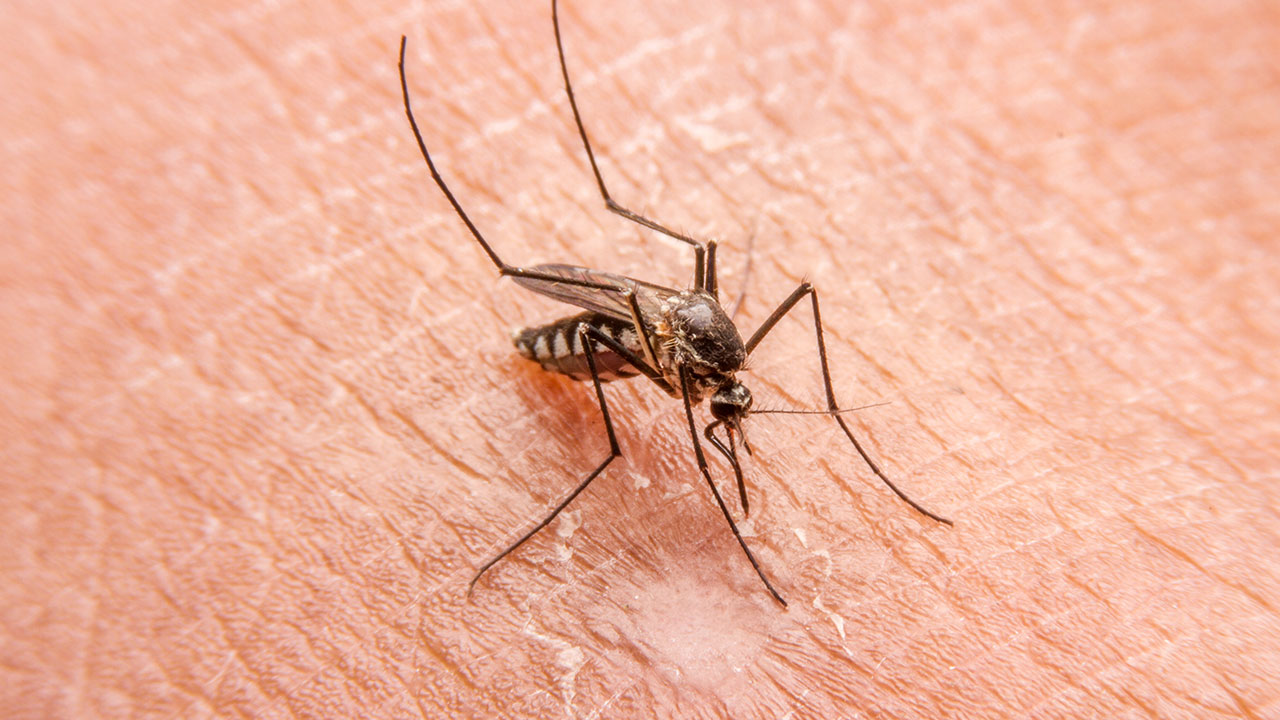 Often, your body’s immediate response will include redness and swelling at the bite or sting site.
Often, your body’s immediate response will include redness and swelling at the bite or sting site.
Minor delayed reactions include itching and soreness.
If you’re very sensitive to an animal’s venom, bites and stings can cause a potentially fatal condition called anaphylactic shock. This can cause the throat to tighten and make breathing difficult or cause low blood pressure.
Anaphylactic shock is considered an emergency, and 911 or local emergency services should be contacted.
Some bites and stings may cause illnesses when venom contains infectious agents.
Anyone can be bitten or stung by an insect or arachnid, and bites and stings are very common. You’re at greater risk if you spend a lot of time outdoors, especially in rural or wooded locations.
Children and older adults may have more severe reactions to bites and stings.
If you’re bitten or stung, you may see or feel the animal on your skin during the attack. Some people don’t notice the animal and may not be aware of a bite or sting until one or more of the following symptoms emerge:
- swelling
- redness or rash
- pain in the affected area or in the muscles
- itching
- heat on and around the site of the bite or sting
- numbness or tingling in the affected area
Symptoms of a severe reaction requiring immediate medical treatment include:
- fever
- difficulty breathing
- nausea or vomiting
- muscle spasms
- rapid heart rate
- swelling of the lips and throat
- confusion
- loss of consciousness
If you feel ill or experience flu-like symptoms in the days following an insect or arachnid bite, see a doctor for tests to rule out infections or diseases you may have contracted from the animal.
While not every insect bite or sting can cause an infection or disease, some insects can transmit diseases this way.
These insects and the diseases they may transmit can include:
- Mosquitos: insect-borne diseases such as malaria, West Nile virus, dengue fever, yellow fever, and several viruses that cause encephalitis
- Fleas: bacterial infection, rarely
- Flies: insect-borne diseases
- Sand flies: leishmaniasis, a parasitic disease, though cases occur tropical and subtropical environments
- Lice: epidemic typhus, Bartonella quintana infection, and epidemic relapsing fever
- Chiggers: scrub typhus, though most cases occur in Southeast Asia, Indonesia, China, Japan, India, and northern Australia
- Ticks: tick-borne diseases such as Lyme disease, Rocky Mountain spotted fever, Colorado tick fever, tularemia, ehrlichiosis
- Kissing bugs: Chagas disease
- Deer flies: tularemia
Many people are aware they’ve been bitten or stung because they see the insect or arachnid shortly after the attack.
Although you shouldn’t further provoke an attacking insect or arachnid, try to preserve the animal if it dies following the bite or sting. Its identity may help a doctor properly diagnose your symptoms.
This is especially important for a spider bite, as some species have dangerously potent venom.
The majority of bites and stings can be treated at home, especially if your reaction is mild.
To treat a bite or sting:
- Remove the stinger if it’s lodged in your skin.
- Wash the affected area.
- Apply an ice pack to reduce pain and swelling.
Topical anti-itch creams, oral pain relievers, and antihistamines may be used to combat uncomfortable symptoms.
You may also want to consider applying a thin paste of baking soda and water to the sting to calm the itching.
Call 911 or your local emergency services number immediately if symptoms of a severe reaction are present.
First aid instructions while waiting for paramedics to arrive include:
- loosening the victim’s clothing
- laying them on their side
- performing CPR if breathing or the heartbeat stops
If you believe a spider of the black widow or brown recluse variety has bitten you, contact 911 or local emergency services immediately even if symptoms seem minor or haven’t emerged.
Scorpion bites also should be treated as an emergency, and 911 or local emergency services should be contacted, regardless of symptoms.
Most bites and stings heal by themselves after several days of mild discomfort.
Monitor the affected site for signs of infection. Contact a doctor if the wound appears to be getting worse or hasn’t healed after several weeks.
Bites and stings that cause severe reactions can be fatal if they aren’t treated immediately.
Once you’ve experienced a severe allergic reaction, a doctor will likely prescribe an epinephrine auto-injector. Epinephrine is a hormone that can prevent anaphylactic shock.
Carry the auto-injector with you at all times to reverse the reaction immediately following a bite or sting.
If you need help finding a primary care doctor, then check out our FindCare tool here.
Use caution when near nests or hives containing aggressive insects. Hire professionals who have the proper safety equipment to remove a nest or hive.
When spending time outside, take preventive measures, such as:
- wearing hats and clothing that provide full coverage
- wearing neutral colors and avoiding floral patterns
- avoiding perfume and scented lotion
- keeping food and drinks covered
- using citronella or insect repellent
- using permethrin on clothing to prevent black-legged tick bites
Article Resources
- Ellwanger JH, et al. (2021). Variability in human attractiveness to mosquitoes. https://www.sciencedirect.com/science/article/pii/S2667114X21000522
- Bites and stings: Insects. (n.d.). https://www.hopkinsmedicine.org/health/conditions-and-diseases/bites-and-stings-insects
- Body lice: Disease. (2022). https://www.cdc.gov/parasites/lice/body/disease.html
- Goldman BS, et al. (2022). Caterpillar and moth bites. https://www.ncbi.nlm.nih.gov/books/NBK539851/
- McKeown N, et al. (2014). Verified spider bites in Oregon (USA) with the intent to assess hobo spider venom toxicity.
 https://www.sciencedirect.com/science/article/abs/pii/S0041010114000920
https://www.sciencedirect.com/science/article/abs/pii/S0041010114000920 - Parasites – American trypanosomiasis (also known as Chagas disease). (2022). https://www.cdc.gov/parasites/chagas/
- Powers J, et al. (2022). Insect bites. https://www.ncbi.nlm.nih.gov/books/NBK537235/
- Preventing tick bites. (2020). https://www.cdc.gov/ticks/avoid/on_people.html
- Typhus fevers. (2020). https://www.cdc.gov/typhus/index.html
Red, itchy rash on the body: causes, symptoms, treatment
If your body is covered with a red, itchy rash, it may be a sign of various conditions, from allergies to skin diseases. Find out what can cause a skin rash and how to treat it.
Seeing red, itchy skin rashes in humans is a common problem for many people. The appearance of a rash on the skin not only brings discomfort, but is also a sign of the presence of some kind of disease.
A red, itchy rash can appear on any part of the body: on the face, on the chest, on the abdomen, on the arms and legs. This type of rash can have a different cause, as well as a different character and accompanying symptoms.
This type of rash can have a different cause, as well as a different character and accompanying symptoms.
In this article, we will look at the most common causes and symptoms of a red, itchy rash, as well as how to treat it.
What is a red, itchy rash?
Red itchy rash is a skin disease that is accompanied by the appearance of rashes on the skin, which often cause itching and irritation.
It may appear as spots, bumps, blisters or red dots. The size and shape of the rash can vary greatly from case to case. The rash may be limited to one area of the skin or spread throughout the body.
A red, itchy rash can be caused by many factors, including allergic reactions, infections, and other medical conditions. Diagnosis and treatment may require consultation with a dermatologist or other specialist.
Severe itching and discomfort usually accompany this disease. Sometimes the rash can spread to other parts of the body as the condition progresses.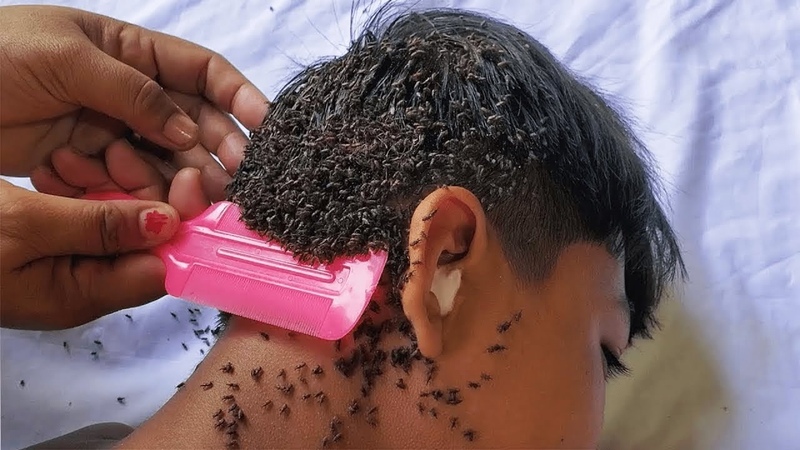 Good treatment can help reduce the intensity of rashes and itching, as well as lead to a reduction in other associated symptoms.
Good treatment can help reduce the intensity of rashes and itching, as well as lead to a reduction in other associated symptoms.
Causes of an itchy rash on the body
An itchy rash on the body can occur for a variety of reasons, including:
- Allergic reactions: a rash on the body that is often accompanied by other symptoms such as a runny nose or cough.
- Skin infections: Skin infections such as dermatitis, eczema and fungus can cause an itchy rash on the body. They can be caused by bacteria, viruses, or fungi that rub against the skin.
- Drug reaction: Some drugs can cause an allergic reaction that causes itching and a rash on the body. This usually happens in the first few days after starting the medication.
- Insect bites: Insect bites can cause itchy rashes on the body. They are often accompanied by swelling and redness at the site of the bite.
- Sunburn: Sunburn can cause an itchy skin rash.
 It may be accompanied by redness, peeling and soreness.
It may be accompanied by redness, peeling and soreness.
If you develop an itchy rash on your body associated with other symptoms, such as fever, you should see a doctor to find out the causes and the underlying disease.
Symptoms of a red, itchy rash
Symptoms of a red, itchy rash may vary depending on its cause. However, they usually include:
- Red spots: the skin becomes covered with red spots, which may be covered with small bubbles or white scales. The spots can be of different sizes and shapes.
- Heartburn: Some types of rash, such as hives, can cause severe heartburn.
- Itching sensation: rashed skin can become very itchy and irritable. This is often the most disturbing symptom for patients.
- Fatigue: Some types of rashes, such as smallpox, may cause fatigue and weakness.
- Eruptions on the face, arms or legs: the skin on these parts of the body is often the most susceptible to rashes.
 The rashes in these areas can be very noticeable and cause redness and swelling.
The rashes in these areas can be very noticeable and cause redness and swelling.
In any case, if you notice red itchy spots on your skin, you should see a doctor to determine the cause of the rash and take the appropriate treatment.
Diagnosis of pruritic rash on the body
Diagnosis of pruritic rash on the body begins with a general examination of the patient and clarification of the anamnesis of the disease. The doctor needs to determine when the rash appeared, how it spread, whether there are other signs of the disease on the body – fever, headache, body aches, muscle pain. It is also important to establish whether there were contacts with patients with infectious diseases, including measles, rubella, chicken pox.
Your doctor may order a complete blood and urine test to determine the cause of the itchy rash. If an allergic reaction is suspected, a blood test for antibodies may be required. If the patient has bubbles with liquid, then the doctor can take a smear from them for cytological and bacteriological examination.
Note that the treatment of an itchy rash can vary greatly depending on its cause, so correct diagnosis is important. If you notice a rash on your body, you should see a doctor as soon as possible.
- First signs of an itchy rash:
- Red itchy rash on the skin
- Redness and rash on the body body
Symptoms of an itchy rash on the body Allergic reaction Shortness of breath, severe itching, redness and rash on the body Infectious diseases Fever, headache, body aches, muscle pain, red itchy rash on the body Contact with irritants (house dust, animals, etc.) Red, itchy rash on the body in the area of contact with an irritant How to get rid of an itchy rash on the body
Itchy rash on the body may cause discomfort and require timely treatment. The following methods can help relieve itching and speed up the healing process:
- Avoid scratching and rubbing .
 When itching, do not scratch the skin, as this can lead to infection and worsen the condition. Instead, apply ice to the itchy area or use a cooling compress.
When itching, do not scratch the skin, as this can lead to infection and worsen the condition. Instead, apply ice to the itchy area or use a cooling compress. - Use skin emollients . Moisturizing the skin helps soothe itching and speed up the healing process. Use an oil, cream, or lotion that is free of allergens and chemicals.
- Use antihistamines . Antihistamines help reduce itching and prevent allergic reactions. However, before using antihistamines, you should consult your doctor.
- Avoid incentives . If the cause of the itchy rash is contact with irritating substances, then contact should be avoided and the cause removed. Avoid contact with animals, dust, pollen, foods or medicines that may cause an allergic reaction.
- See a doctor . If the symptoms do not disappear after a few days, there is no improvement, or the symptoms worsen, then it is necessary to see a doctor for diagnosis and treatment.

Medical treatment of red itchy rash
The choice of medical treatment for red itchy rash depends on its cause. If the cause is an allergic reaction, then antihistamines should be taken.
Antibiotics or antivirals are often prescribed to treat an infectious itchy rash, and it is recommended that you see your doctor for specific treatment for specific infections.
The main treatment for red itchy rash is to reduce itching. Using topical medications such as creams, gels, and lotions can soothe the skin and reduce itching. It is recommended to use medicines that contain menthol, camphor or diphenhydramine.
When treating a red, itchy rash caused by eczema, the use of emollients can improve the condition of the skin, especially in cases where the skin is severely dry and irritated. Mild creams and lotions containing glycerin or urea are often recommended.
As an additional treatment, cold compresses, baths with one of the following substances can be used: starch, oats, soda, mangosteen fruits.
 These methods help reduce itching and improve skin condition.
These methods help reduce itching and improve skin condition.Physiotherapy for red itchy rash
Physiotherapy is the treatment of various diseases with the help of physical factors such as ultrasound, electrical stimulation, magnetotherapy, laser therapy and others. For a red, itchy rash, physical therapy can help reduce itching symptoms and speed up the healing process.
Ultrasound is a therapy that uses high frequency waves to soothe and reduce skin inflammation. Ultrasound can reduce itching and help skin rashes heal faster.
Electrical stimulation is a therapy that uses low-frequency electrical impulses to stimulate nerve endings and increase blood circulation in the treatment area. This can help reduce itching and reduce skin inflammation.
Magnetotherapy is a therapy that uses magnetic fields to promote skin healing. It can reduce itching and speed up the healing process of skin rashes.

Laser Therapy is a therapy that uses a laser to reduce inflammation and promote skin healing. Laser therapy can help reduce itching and speed up the healing process of skin rashes.
In general, physiotherapy can provide useful therapeutic benefits in the treatment of red, itchy rashes, but a physician should be consulted before starting treatment to determine the best method of physiotherapy for your condition.
Home remedies for a red itchy rash
A red itchy rash can occur for various reasons, such as an allergic reaction or an insect bite. In addition, it can be a symptom of various skin conditions such as eczema or acne.
For the treatment of a red itchy rash, you can use folk remedies:
- Oatmeal. Pour half a cup of oatmeal into a bath of warm water and soak for 20 minutes. Oatmeal will help reduce itching and inflammation.
- Chamomile tea. Mix 2 teaspoons of dried chamomile with 1 teaspoon of honey and 1 cup of boiling water.
 Infuse for 15 minutes, strain and drink tea. Chamomile helps reduce inflammation and itching.
Infuse for 15 minutes, strain and drink tea. Chamomile helps reduce inflammation and itching. - Calendula ointment. Prepare an ointment of powdered fresh calendula flowers and vegetable oil. Apply the ointment to itchy areas of the skin.
If the red, itchy rash persists and continues to cause discomfort, seek medical attention. He will prescribe the necessary drugs and procedures to treat the rash.
Main complications of red itchy rash
Infectious complications
Red itchy rash on the body can lead to infectious complications if the integrity of the skin is broken (for example, with increased scratching). In this case, infection of the skin is possible, which serves as an entrance door for bacteria and viruses. A bacterial infection can develop, including acute purulent inflammation of the skin (boils, phlegmon, carbuncles), as well as viral infections (herpes).
Development of allergic reactions
A red, itchy rash on the body can also lead to the development of allergic reactions if the cause is an allergic reaction of the body to some stimulus.
 At the same time, against the background of a rash, it is possible to develop allergic processes, such as angioedema, allergic urticaria, etc.
At the same time, against the background of a rash, it is possible to develop allergic processes, such as angioedema, allergic urticaria, etc.Difficulties in diagnosis
A red, itchy rash on the body can be a symptom of various diseases that manifest similar symptoms. This complicates a quick and accurate diagnosis. It complicates the diagnosis and the fact that the rash can appear in different forms: rich red, in the form of small spots or drops on the skin, and can also be located in different parts of the body.
Progression of the disease
In some cases, a red, itchy rash on the body may be a symptom of a chronic disease that is progressive and may develop into more complex forms. For example, psoriasis can start as a red, itchy rash and then progress to a more severe form of the disease.
Prevention of red itchy rash on the body
1. Avoid contact with the causative agents of the rash.

A red, itchy rash may be caused by bacterial or viral infections, fungi, or insects. To prevent infection, practice good personal hygiene, avoid eating questionable foods, wear protective clothing, and use insect repellant while walking or traveling.
2. Strengthen your immune system.
A strong immune system is the key to preventing most infectious diseases, including a red, itchy rash. Eat right, take vitamins and minerals, do not abuse alcohol, do not smoke and lead an active lifestyle.
3. Keep clean and tidy around you.
Viruses and bacteria can be found on surfaces that we come into contact with on a daily basis, so hygiene must be taken care of. Clean kitchen surfaces and bathrooms regularly, brush your teeth twice a day, and change bed linen once a week.
4. Before traveling, check the environmental and climatic conditions.
Some types of red, itchy rashes may result from tension, stress, or extreme temperature conditions.
 Before traveling to exotic countries, resorts or expeditions, you should find out the presence of local harmful factors and possible risks.
Before traveling to exotic countries, resorts or expeditions, you should find out the presence of local harmful factors and possible risks.5. Follow your doctor’s instructions.
A red, itchy rash may be due to other diseases or present with increased health risks. To ensure your safety and prevent problems, you must follow the recommendations of doctors and use medical care in a timely manner.
Diseases that may present as a red, itchy rash
Allergic dermatitis is a disease that presents as a red, itchy rash on the skin. It occurs as a result of contact with an allergen, which can be different – cosmetics, metals, plants, etc. The disease can progress if the allergen continues to affect the skin.
Psoriasis is a chronic disease that manifests itself in red patches on the skin covered with silvery scales. Also, cracks and peeling may appear on the skin. The disease is not transmitted from person to person and can manifest itself in different forms and stages.

Eczema is a skin condition that presents as a red, itchy rash. The rash usually appears on the arms, legs, and neck. Eczema can be caused by allergies, stress, infection, or an abnormal immune system. Most often, the disease is accompanied by severe itching.
Chickenpox is an infectious disease caused by the varicella-zoster virus. It appears as a red, itchy rash on the skin, which then turns into fluid blisters. Chickenpox is transmitted through the air by droplets and most often affects children.
Pityriasis rosea is a skin disease that presents as a red, itchy rash on the skin. The rash can be multiple and have the form of ring-shaped rashes. Pink lichen is not transmitted from person to person and rarely progresses to severe forms.
When to see a doctor
A red, itchy rash on the body can be an indication of various diseases that can be dangerous if not treated promptly. Therefore, if you find such symptoms on your body, you should immediately consult a doctor.

Seek medical attention if:
- The rash spreads over a large area of the body;
- Rash accompanied by high body temperature or body pain;
- Skin ulcers or blisters;
- Rash resulting from insect or animal bites;
- The rash occurred after a trip to an area at risk for infection with infectious diseases.
It must be remembered that even if you do not notice the above symptoms in yourself, but the rash does not go away after a few days or weeks, you need to visit a doctor. Self-medication can lead to aggravation of the disease and complications.
Which doctor specializes in the treatment of red itchy rash
For the treatment of red itchy rash, you need to see a doctor who specializes in skin diseases – a dermatologist. The dermatologist will examine the skin and may order additional tests, such as blood tests, ultrasounds, skin biopsies, and others, to pinpoint the exact cause of the rash.

Depending on the cause of the rash, the dermatologist may prescribe therapy in the form of topical treatment or systemic therapy. Topical treatment may include the use of specialized creams, ointments, lotions, or gels. Systemic therapy may include taking medications such as antibiotics, hormones, drugs to reduce allergic reactions, and others.
It is important to remember that a red itchy rash on the body can be a sign of serious diseases such as infections, allergies, autoimmune diseases. For this reason, the way out of the situation can be not only a well-aimed medical approach, but also a change in diet, lifestyle, the mandatory presence of vitamins and minerals in the diet. Such measures require the consultation of specialists of the relevant profile, including immunologists, allergists and therapists.
Effective treatment of red, itchy rash is only possible with a correct diagnosis and a comprehensive approach to treatment. Therefore, if you are faced with a red, itchy rash on your body, do not forget to contact an experienced dermatologist and follow all his recommendations.

How to see a doctor for a red, itchy rash
If you have a red, itchy rash on your body, you need to see a dermatologist for diagnosis and treatment. The appointment with the doctor begins with an examination of the affected area. The doctor may ask questions about the nature of the rash, when it appeared, living conditions, and the presence of allergies.
Your doctor may also do an additional test, such as taking blood or rash samples for laboratory testing. If necessary, an additional consultation with a specialist can be appointed.
After receiving the results and diagnosis, the doctor will suggest treatment, which may include the use of topical preparations such as creams and ointments, or oral medications such as antibiotics or antivirals.
In addition, your doctor can give you advice on skin care and advice on how to prevent future rashes.
Examples of successful treatment of red itchy rash
Allergic rash: If the red itchy rash is caused by an allergy to a substance, it is important to avoid future contact with that substance.
 Treatment may include the use of antihistamines such as diphenhydramine or cetirizine to reduce itching and inflammation.
Treatment may include the use of antihistamines such as diphenhydramine or cetirizine to reduce itching and inflammation.Chickenpox: This viral infection causes red, itchy rashes that develop into fluid-filled blisters. Treatment may include acyclovir or valaciclovir to speed up the healing process and reduce the risk of complications such as neuropathy.
Eczema: This is a chronic condition that causes a red, itchy rash and dry skin. Treatment may include topical creams such as hydrocortisone and moisturizers to reduce itching and inflammation. In some cases, it may be necessary to use systemic treatment, such as calcineurin inhibitors or immunomodulators.
Contact dermatitis: If the red, itchy rash is caused by contact with irritants such as soap or plants, it is important to avoid future contact. Treatment may include the use of topical creams and moisturizers to reduce inflammation and itching.
Drug rash: If the red, itchy rash is caused by a side effect of a drug, then treatment may need to be changed.
 Treatment may include the use of antihistamines, creams, and moisturizers to reduce itching and inflammation.
Treatment may include the use of antihistamines, creams, and moisturizers to reduce itching and inflammation.- Allergic rash requires avoidance of allergens and treatment with antihistamines;
- Antivirals are good for varicella to speed up healing and prevent complications;
- Eczema requires topical creams and moisturizers or systemic treatment;
- Contact dermatitis is treated with topical creams and moisturizers, and contact with irritants should be handled with care;
- Drug rash is treated with drug substitution and topical creams and moisturizers if needed.
Related videos:
Q&A:
What can cause a red, itchy rash on the body?
There can be many causes, such as an allergic reaction, infection, rubella, red fever, smallpox, chickenpox, dermatitis, etc.
 It is necessary to consult a doctor in order to make the correct diagnosis and prescribe treatment.
It is necessary to consult a doctor in order to make the correct diagnosis and prescribe treatment.Can a red, itchy rash on the body spread to other parts of the body?
Yes, in some cases the rash may spread to other parts of the body, especially in infections. In this case, you need to observe hygiene measures and consult a doctor to undergo treatment.
Can a red, itchy rash on the body be related to a food allergy?
Yes, it is possible. Food allergies can cause a red, itchy rash on the body. It is necessary to pay attention to the products that have been consumed recently, and exclude those that are allergic.
How can I relieve the itching and discomfort of a red, itchy rash on my body?
You can use cold compresses, use special creams or ointments, and take antihistamines. However, before using any remedy, you should consult your doctor.
How long can a red, itchy rash on the body last?
The duration depends on the cause of the disease.
 For example, with contact dermatitis, itching can persist for several days, and with infectious diseases, up to several weeks. See your doctor for a diagnosis and treatment options.
For example, with contact dermatitis, itching can persist for several days, and with infectious diseases, up to several weeks. See your doctor for a diagnosis and treatment options.Can a red, itchy rash on the body be transmitted from person to person?
Yes, in some cases, a red, itchy rash on the body can be infectious and can be transmitted from person to person. It is necessary to observe hygiene measures and consult a doctor to treat and prevent the spread of infection.
What diagnosis may be required for a red, itchy rash on the body?
To make a diagnosis, your doctor may order blood tests, urine tests, cultures for fungi or bacteria, and a histological examination of the exposed skin. Depending on the symptoms and nature of the disease, additional diagnostics may be required.
Irritated, itchy and flaky skin: let’s find out the reasons! – Dermatological cosmetics – Blog
Do you have unpredictable skin, do you experience irritation and redness, scaly patches that itch? You are not alone.

Almost half of the population considers their skin to be “sensitive” or “very sensitive” and often suffers from these symptoms. The good news is that by identifying the true cause of your condition, finding the best solution to deal with your symptoms won’t be that difficult.
One of these common skin conditions can cause redness on your skin.
Atopic dermatitis
The most common type of eczema, atopic dermatitis usually presents as red, itchy patches on the hands, cheeks, and feet. A number of factors can trigger an eczema flare – from stress and extreme temperatures to allergens like mold, pollen and pet dander.
How to deal with: Hard water can be harsh on your skin, so be sure to add an emollient to your bath. Dermatologists recommend using ceramide-based moisturizers to help repair damage to the skin barrier.
CeraVe Moisturizing lotion for dry to very dry skin of the face and body of children and adults 9 0003
The light and non-greasy formula of the lotion intensely moisturizes and helps restore the skin’s protective barrier.
 Suitable for daily use on face and body.
Suitable for daily use on face and body. A-Derma Exomega Emollient Bath
Soothes and relieves irritation on the skin, enhancing the natural protective properties of the skin. The skin becomes hydrated, soft and elastic, its reactivity decreases.
900 03
Topicrem Atopic Skin Lipid Repair Balm
Restores the hydro-lipid film, soothes, moisturizes and softens the skin. 9Rosacea 90
431
Do you often feel hot? Pink cheeks may be the first sign of rosacea. In most cases, in women over 30 years of age, rosacea mainly affects the face and may present as redness, vascularity, and pimples. Although the cause is not yet known, some experts believe that rosacea may be caused by disorders of the vascular and/or nervous systems.
How to deal with: Use a mild, non-abrasive facial cleanser, then rinse with warm water and pat dry with a cotton towel.
 To combat redness, consider using a skin-correcting cream for sensitive skin.
To combat redness, consider using a skin-correcting cream for sensitive skin.Bioderma Sensibio H2O Cleansing Micellar Water
Sensibio H20 efficiently and quickly cleanses the skin of the face and eye contour, sensitive skin prone to redness. Soothes and moisturizes the skin.
9000 3
La Roche-Posay Rosaliac Cleansing Micellar Gel
Gently cleanses redness-prone skin. Gives the skin smoothness and a feeling of comfort.
900 03
Uriage Rosella anti-redness cream
Reduces redness, moisturizes, protects. Restores comfort and evens out complexion.
Psoriasis 0003
This is a complex autoimmune disease that causes red, itchy patches on the elbows, knees, scalp and lower back.
 Psoriasis is hereditary, but it can also be caused by skin damage such as sunburn or scratches, stress, or certain medications.
Psoriasis is hereditary, but it can also be caused by skin damage such as sunburn or scratches, stress, or certain medications.How to treat: home care products will come with keratolytics in the composition, which will help eliminate peeling and soothe the skin.
Avene Akerat Intense Moisture Body Cream 2 Eliminates flaking. Enhances the skin’s ability to retain moisture. Makes skin texture smooth and soft. Does not contain fragrances. Contains Avene Thermal Water – soothes and softens the skin. Hypoallergenic.
9000 3
Uriage Keratosan-30 gel-cream for corns and localized thickening
Eliminates skin peeling and effectively fights corns characterized by significant thickening of the skin.
Noreva Psorian Soothing Cleansing Gel
Gently cleanses dry, irritated, weakened, flaky face and body skin.

- Avoid scratching and rubbing .

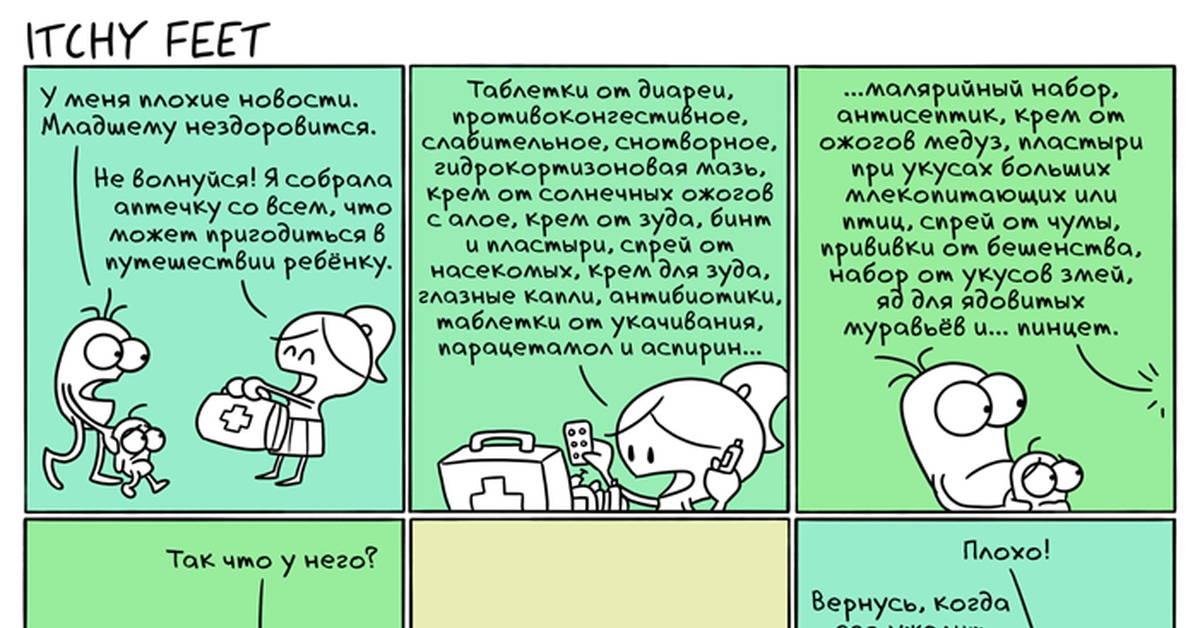



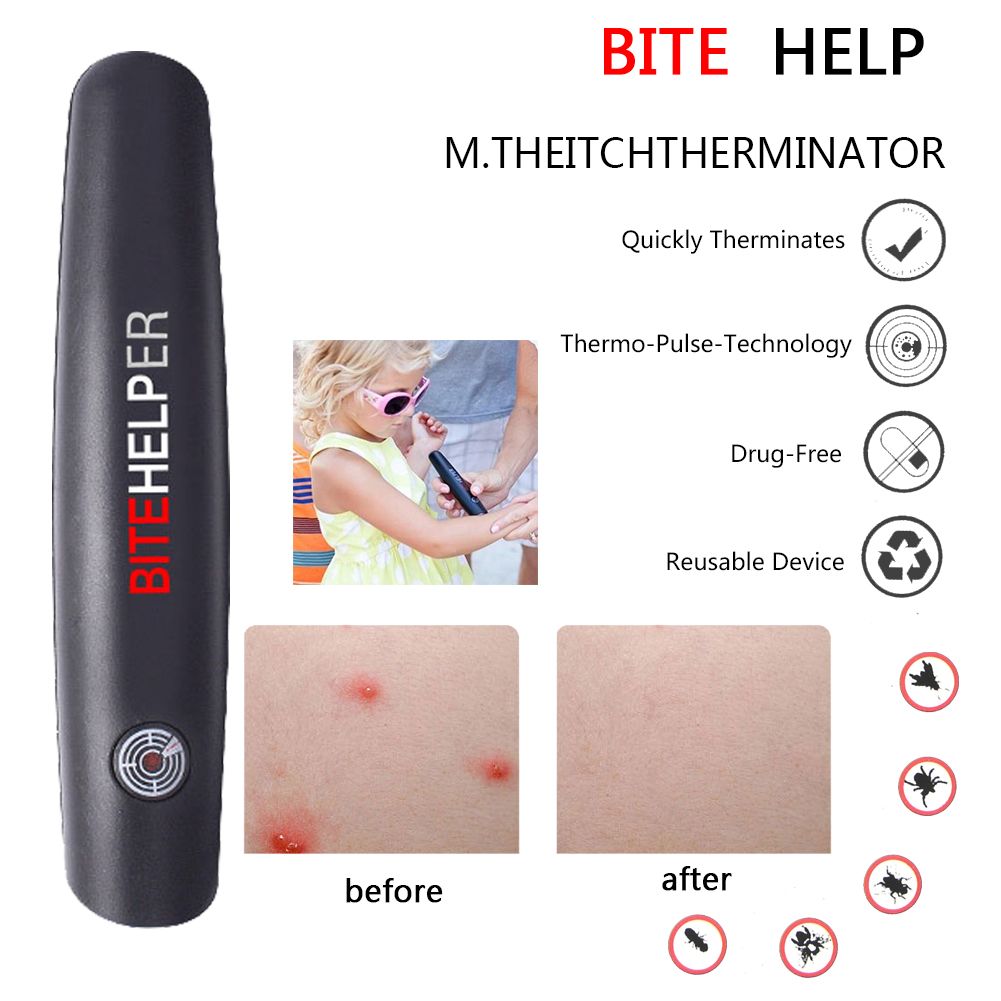
:strip_icc()/i.s3.glbimg.com/v1/AUTH_da025474c0c44edd99332dddb09cabe8/internal_photos/bs/2022/d/M/fvUIKNTuKi4QjkKkto5A/design-sem-nome-2-.png)



 With a T. cruzi infection, a small hard area may form at the bite site.
With a T. cruzi infection, a small hard area may form at the bite site. https://www.sciencedirect.com/science/article/abs/pii/S0041010114000920
https://www.sciencedirect.com/science/article/abs/pii/S0041010114000920 It may be accompanied by redness, peeling and soreness.
It may be accompanied by redness, peeling and soreness. The rashes in these areas can be very noticeable and cause redness and swelling.
The rashes in these areas can be very noticeable and cause redness and swelling. When itching, do not scratch the skin, as this can lead to infection and worsen the condition. Instead, apply ice to the itchy area or use a cooling compress.
When itching, do not scratch the skin, as this can lead to infection and worsen the condition. Instead, apply ice to the itchy area or use a cooling compress.:max_bytes(150000):strip_icc()/spider-bite-or-skin-infection-83017-v1-5c4552ce46e0fb0001c168f9.png)
 These methods help reduce itching and improve skin condition.
These methods help reduce itching and improve skin condition.
 Infuse for 15 minutes, strain and drink tea. Chamomile helps reduce inflammation and itching.
Infuse for 15 minutes, strain and drink tea. Chamomile helps reduce inflammation and itching. At the same time, against the background of a rash, it is possible to develop allergic processes, such as angioedema, allergic urticaria, etc.
At the same time, against the background of a rash, it is possible to develop allergic processes, such as angioedema, allergic urticaria, etc.
 Before traveling to exotic countries, resorts or expeditions, you should find out the presence of local harmful factors and possible risks.
Before traveling to exotic countries, resorts or expeditions, you should find out the presence of local harmful factors and possible risks.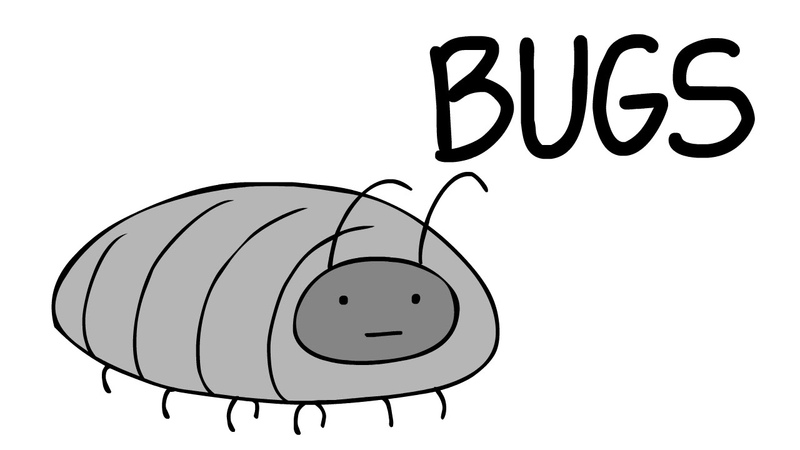

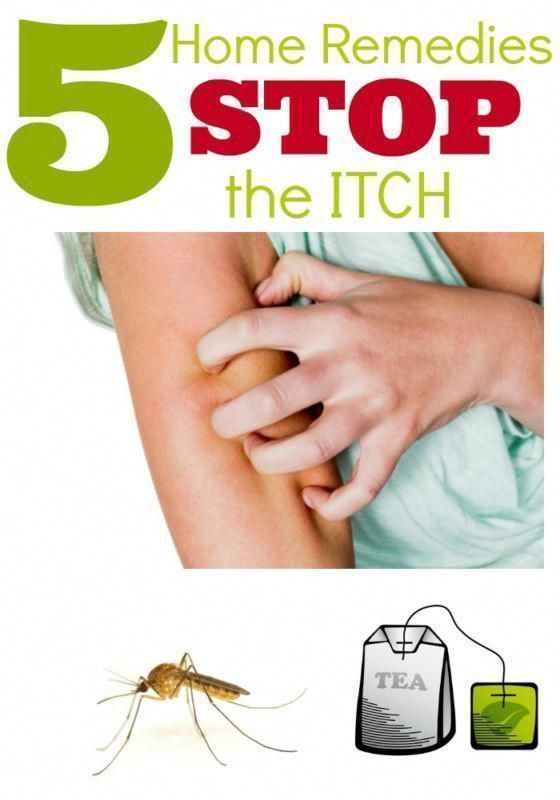

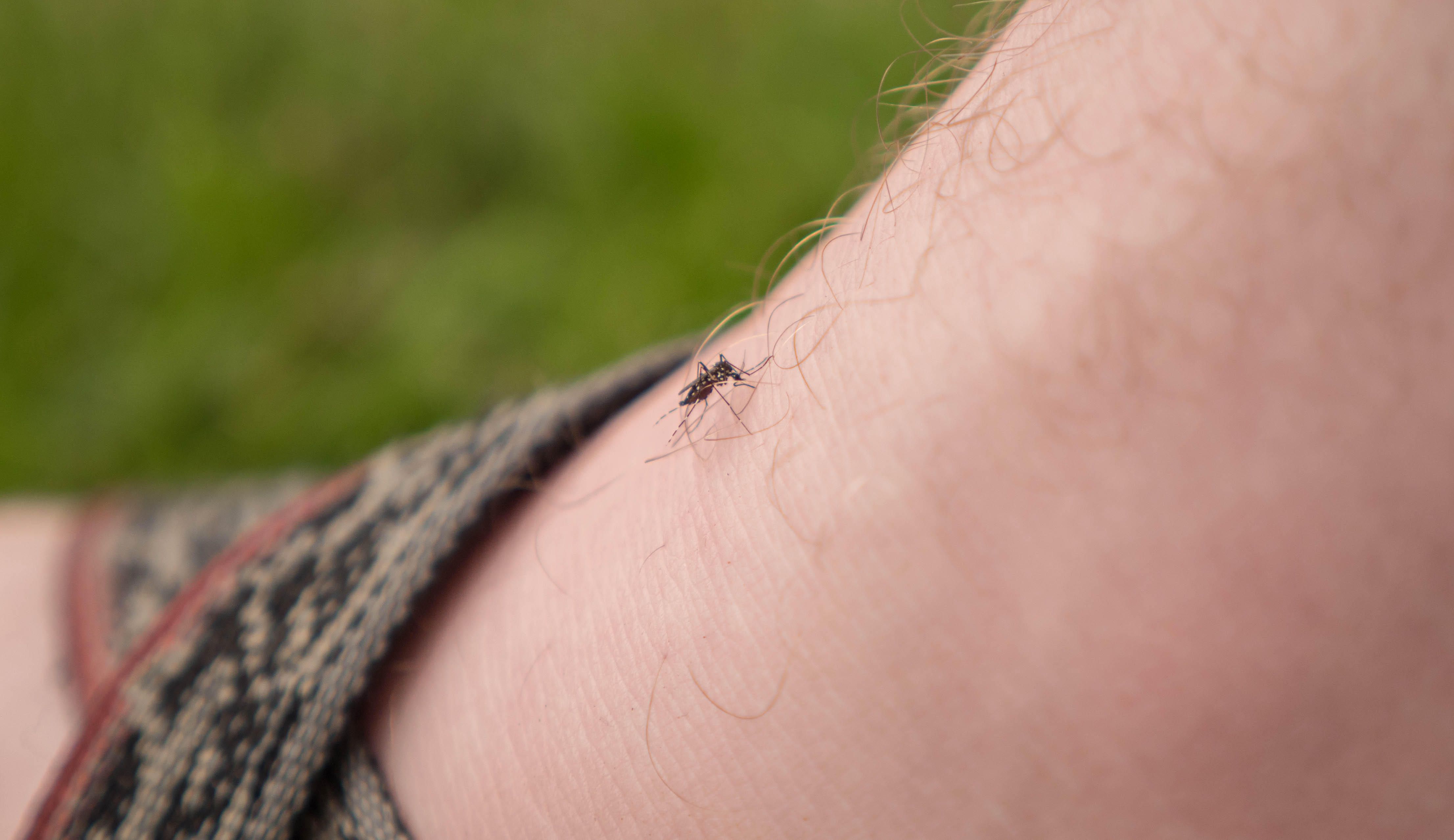 Treatment may include the use of antihistamines such as diphenhydramine or cetirizine to reduce itching and inflammation.
Treatment may include the use of antihistamines such as diphenhydramine or cetirizine to reduce itching and inflammation.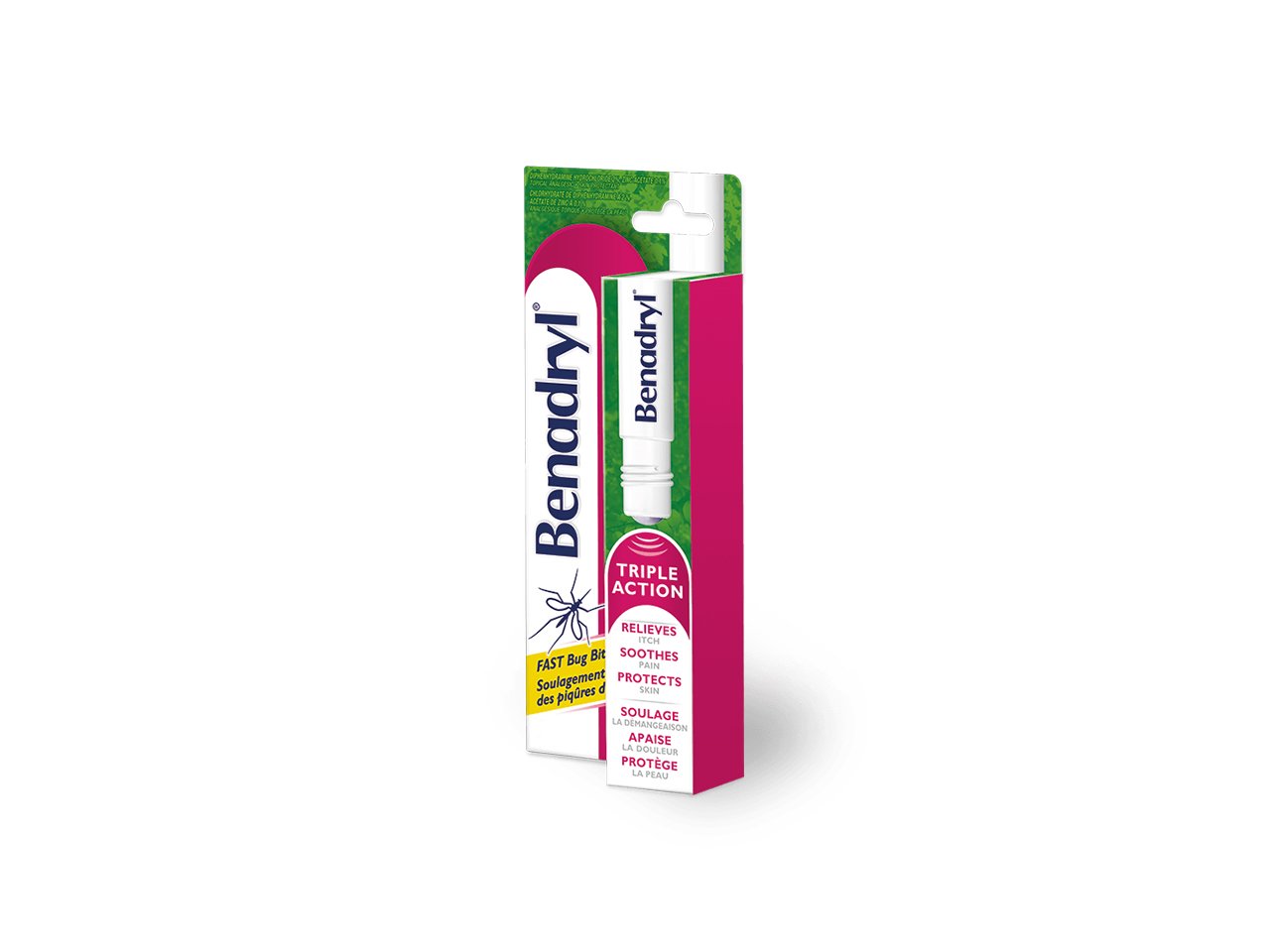 Treatment may include the use of antihistamines, creams, and moisturizers to reduce itching and inflammation.
Treatment may include the use of antihistamines, creams, and moisturizers to reduce itching and inflammation. It is necessary to consult a doctor in order to make the correct diagnosis and prescribe treatment.
It is necessary to consult a doctor in order to make the correct diagnosis and prescribe treatment. For example, with contact dermatitis, itching can persist for several days, and with infectious diseases, up to several weeks. See your doctor for a diagnosis and treatment options.
For example, with contact dermatitis, itching can persist for several days, and with infectious diseases, up to several weeks. See your doctor for a diagnosis and treatment options.
 Suitable for daily use on face and body.
Suitable for daily use on face and body.  To combat redness, consider using a skin-correcting cream for sensitive skin.
To combat redness, consider using a skin-correcting cream for sensitive skin. Psoriasis is hereditary, but it can also be caused by skin damage such as sunburn or scratches, stress, or certain medications.
Psoriasis is hereditary, but it can also be caused by skin damage such as sunburn or scratches, stress, or certain medications.